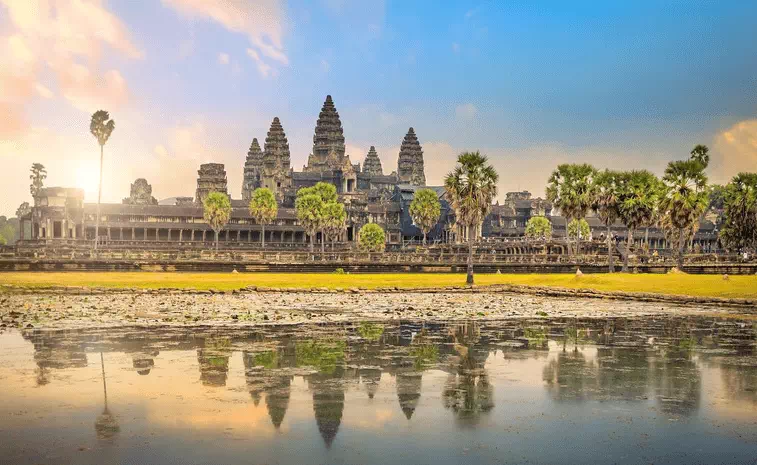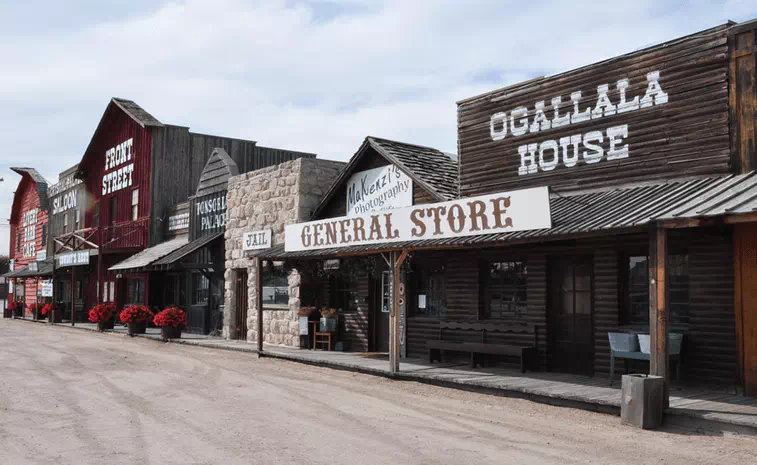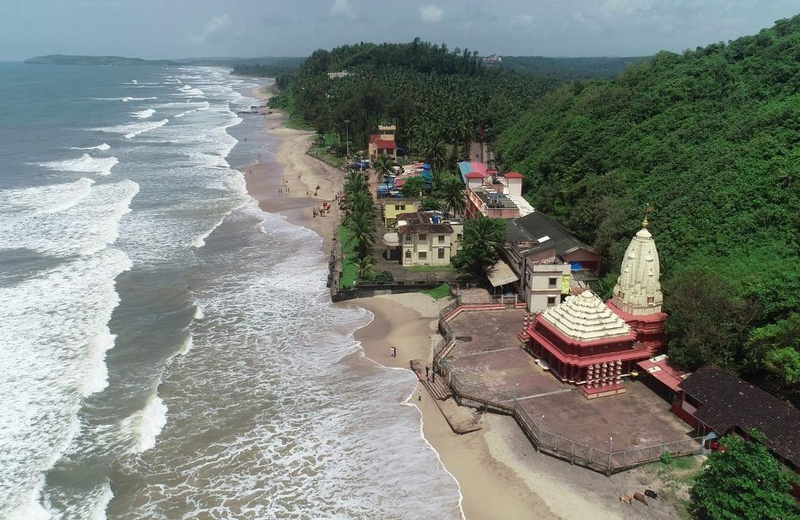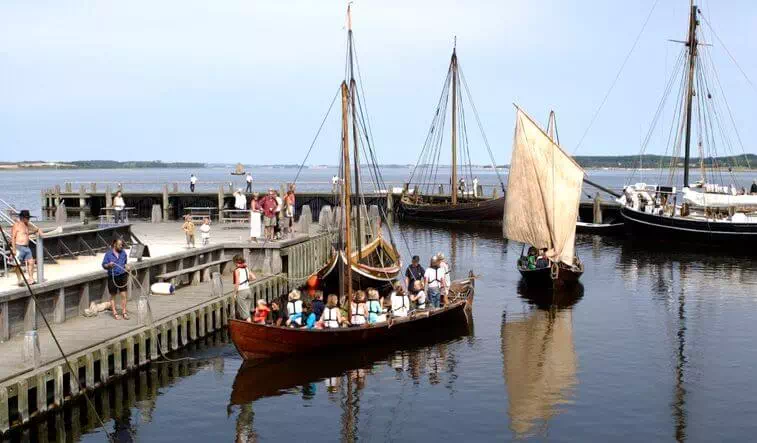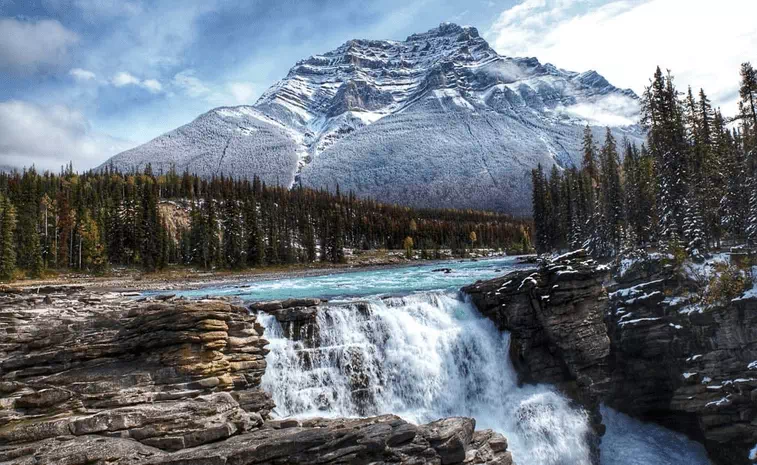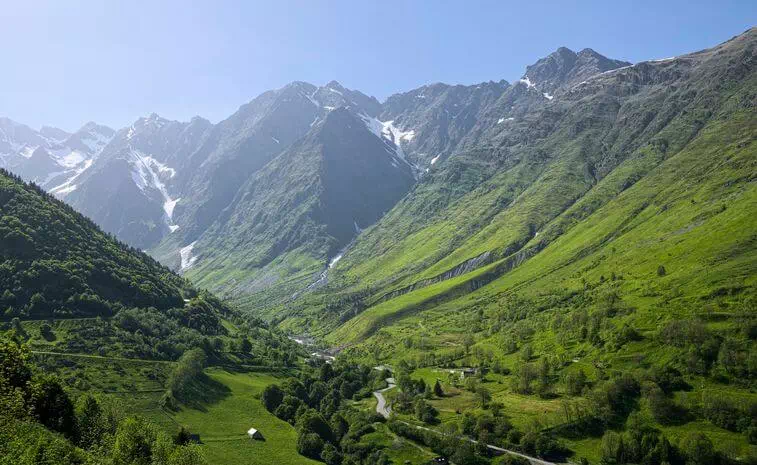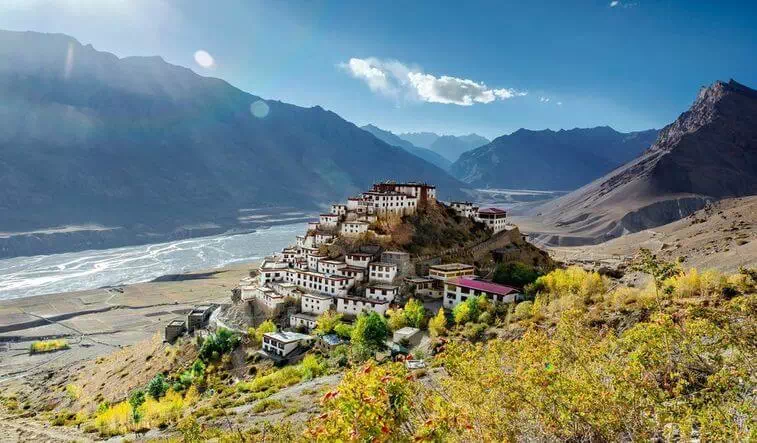Rock Shelters of Bhimbetka
Bhimbetka
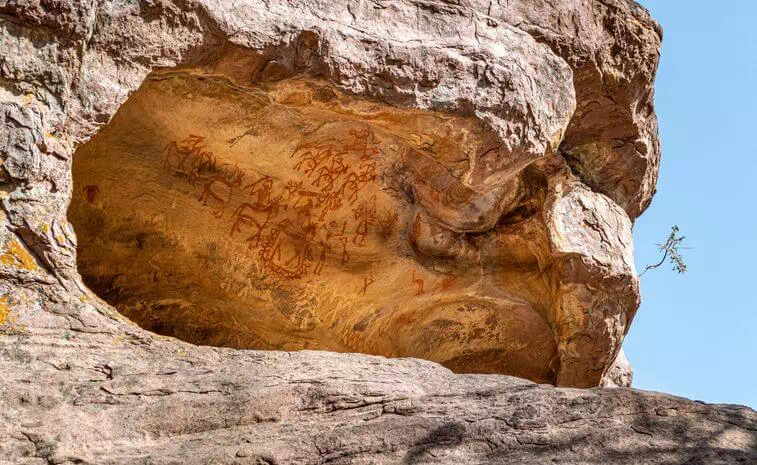
Today we are going to talk about a place called Bhimbetka. Bhimbetka is known as one of the rock sanctuaries in Central India. Bhimbetka spans prehistoric Paleolithic and Mesolithic periods as well as historical periods. Bhimbetka shows the earliest traces of human life in India and evidence of the Stone Age dates back to the site in Acheulian times. So let us gather a little more information about Bhimbetka.
This place is at the foot of Vindhyan Mountain on the southern edge of Central Indian plateau. Above the comparatively dense forest in Bhimbetka, there are five clusters of large sandstone outcrops and natural rock shelters featuring paintings. The cultural traditions of the inhabitants of the twenty-one villages adjacent to Bhimbetka bear strong resemblance to those represented in the rock paintings.
Bhimbetka is a UNESCO World Heritage Site. Bhimbetka consists of seven hills and more than 750 rock shelters and is divided up to 10 km. At least some of Bhimbetka's habitats were inhabited 100,000 years ago. Hunter shelters and caves on Bhimbetka provide evidence. According to the Encyclopedia Britannica, hunter-gatherers on Bhimbetka show a "rare glimpse" of human settlement and cultural evolution from expressions of agriculture and prehistoric spirituality.
The earliest time of this place is about 10,000 years old. Bhimbetka's cave paintings depict themes such as animals, dance and early evidence of hunting. The site of this place is one of the oldest rock art in India as well as one of the prehistoric complexes. Bhimbetka place reflects the long interaction between people and the landscape and reflects the quantity and quality of Bhimbetka's rock art. Bhimbetka's rock art and the local tribal villages on the perimeter of its site are closely associated with the hunting and gathering economy as shown in the remnants of this tradition.
Auditorium Cave
The Auditorium Cave is considered one of the notable features of the site among the numerous shelters of Bhimbetka. The cave of Bhimbetka is surrounded by quartzite towers which are visible from a distance of many kilometers. This rock is known as the largest sanctuary in Bhimbetka. Robert Bednick describes the prehistoric cave as having a "cathedral-like" atmosphere with "its Gothic arches and soaring spaces". The plan of the Auditorium cave looks like a "right-angled cross" and its branches are arranged in four main directions. The main entrance to the auditorium cave faces east.
At the end of the eastern passage of Bhimbetka is a boulder with a near vertical panel at the entrance of the Auditorium Cave which is visible from a distance and in all directions. In the archeological literature that boulder is referred to as "King's Rock" or "Chief's Rock" but there is still no evidence of his rituals or his role. Bednarik states that the boulder with this type of cave is a central feature of Bhimbetka and the Auditorium has 754 shelters spread over several kilometers on either side of the cave and about 500 places where rock paintings can be found.
History
The site was first mentioned by W. Kincaid, an officer of the British India era, in a scholarly paper in 1888. He relied on information gathered from local tribes about Bhojpur Lake in the area of Bhimbetka and he identified Bhimbetka as a Buddhist site.
V. S. Wakankar was the first archaeologist to visit some of the caves at Bhimbetka and discover its prehistoric significance. V. S. Wakankar saw the formation of the rocks of Bhimbetka and thought that the rocks he saw were similar to those seen in Spain and France. V. S. Wakankar visited Bhimbetka with a team of archaeologists and reported on many prehistoric rock shelters in 1957.
Only in the 1970s was the size and true significance of rock shelters discovered on this site. More than 750 rock shelters have since been identified on Bhimbetka. The group of this place includes 243 of these and the Lakha Juar group near it has 178 shelters.
According to the Archaeological Survey of India, there is ample evidence that the caves of Bhimbetka have been inhabited continuously since the Stone Age from the second century BCE to the end. Based on excavations on Bhimbetka, discovered artifacts and utensils, pigments in deposits and as well as rock paintings. Bhimbetka includes the oldest stone walls and floor in the world.
This place has been identified as the source of raw materials used in some of the monoliths found in this place. Covering an area of 1,892 hectares, this place was declared safe under Indian law and came under the Archaeological Survey of India in 1990. This place was declared a World Heritage Site by UNESCO in 2003.
Paintings and Rock Art
There are a large number of paintings in the rock shelters and caves of this place. Bhimbetka's oldest paintings are found to be about 10,000 years old. But some of the geometric figures of Bhimbetka are as recent as the medieval period.
Mesolithic
The Mesolithic group of Bhimbetka features linear decorations on relatively small bodies of stylized shape. In addition to the animals on the Mesolithic group there are also human figures and hunting scenes and those scenes give a clear picture of the weapons they used. That group of Bhimbetka includes pictures of barbed spears, pointed sticks, bows and arrows.
Some scenes from the Mesolithic are described as depicting a tribal war between three races symbolized by the totems of their animals. On Bhimbetka depictions of sectarian dances, birds, musical instruments, pregnant women, men carrying dead animals, mothers and children, drinking and burial appear in a rhythmic movement.
Upper Paleolithic
Upper Paleolithic green and dark red are linear representations of large numbers of animals such as tigers and rhinos.
Early historic
The green and dark red Upper Paleolithic is a linear representation of a large number of animals such as tigers and rhinos. The figures of some of the Bhimbetka groups have a schematic and decorative style and all of them are painted mainly red, white and yellow. In this place there are dresses like tunics and religious symbols and scripts of different periods. Religious beliefs on Bhimbetka are represented by figures of Yaksha, tree god and magical sky chariot.
Chalcolithic
Similar drawings of Bhimbetka's paintings show that during this period the cave dwellers of the area were in contact with the agricultural communities of the Malwa plains and exchanged goods with them.
Medieval
Medieval's paintings from Bhimbetka are geometrically linear and more schematic. Medieval's paintings show degradation and cruelty in his artistic style. The dyes used by the cave dwellers of Bhimbetka were made by combining black manganese oxides, red hematite and charcoal.





